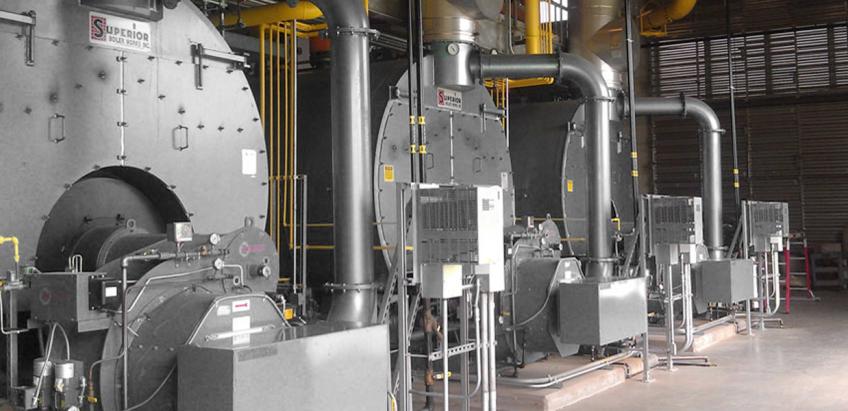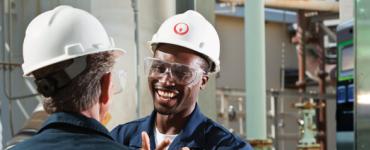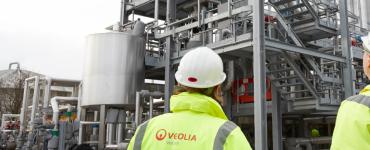- Home
- Latest News
- All You Need Is Concentration

All You Need Is Concentration
Kate Querelle Wild of Veolia Water Technologies looks at how increasing concentration factors can improve operational efficiency
It’s all about concentration. Whether it’s a steam boiler or an evaporative cooling tower, the total dissolved solids (TDS) concentration is the most important control parameter. Why? Because it’s measurement on line and in real time (by electrical conductivity) is both simple and reliable. When salts dissolve in water they split up into positively charged cations and negatively charged anions which are free to move about, so they can conduct an electric current. The greater the concentration of dissolved salts the more ions there are, and the higher the current the water can carry. A pair of submerged electrodes with a voltage between them gives a direct measure of the electrical conductivity of the solution in micro Siemens per centimetre (µS/cm).
Both steam boilers and evaporative cooling towers concentrate their make-up water because they generate steam or water vapour that is lost from the system and this leaves behind all the salts that were dissolved in the make-up water. So the boiler water (or circulating water in the case of a cooling tower) becomes steadily more concentrated leading to problems of scale and corrosion in cooling towers, and results in scale, corrosion, foaming and carryover in boilers. To minimise these operational problems, we use a wide variety of conditioning chemicals: oxygen scavengers, corrosion inhibitors, scale inhibitors, sludge conditioners and biocides. Although the most important control technique we have is blowdown or bleed, which dumps some of the concentrated water to waste in order to limit the concentration factor, that is the TDS of the boiler or circulating water, typically 2500-3500mg/l, divided by the TDS of the make-up water. The higher the concentration factor the lower the blowdown.
Blowdown water is treated make-up water treatment dosed with expensive conditioning chemicals and in the case of a boiler, heated to boiling point. It is usually discharged to sewer, so, when you add up the cost of mains water, fuel, chemicals and sewer disposal it probably costs at the very least about £3 per m3 and that’s money down the drain.
So, how can you reduce blowdown and save money? The first and most important water management tool is monitoring. Continuous measurement of conductivity in the concentrated water tells you what the concentration factor is and it can be used to control the blowdown automatically, simply by opening and closing the blowdown valve. The second is to review the chemical conditioning regime. Adding chemicals to the system increases the conductivity as well as costing money, so it is important to ensure that you are using the right chemicals and that they are not being overdosed. Veolia has an extensive range of chemicals and can formulate blends to meet the specific demands of customers’ systems, together with automatic dosing control systems like AquaVista. Not only that, but the results of regular service testing can be sent immediately to a customer’s laptop or smartphone using Veolia’s AQUAConnect service management system. Edward McKnight, Hospital Engineer at Bristol Royal Infirmary, has taken out Veolia’s comprehensive AQUAService contract, which provides not only the supply of chemicals together with new chemical tanks to improve health and safety, but also a fortnightly programme that includes chemical testing and full servicing of the water softener and RO plant.
Equally important is the treatment of the make-up water. Softening removes the hardness salts that cause scaling but does not reduce TDS. Reverse osmosis, on the other hand, softens the make-up water and also reduces the TDS by about 90% which means the concentration factor can be greatly increased, reducing blowdown and saving money. Of course, treating the make-up water to reduce TDS means a capital investment, that can often be re-paid in under a year. The economic assessment is easy to do using Veolia’s RecoSMART on-line calculator – just visit www.recosolutions.co.uk or talk to Veolia’s chemical specialists.













